Photographer David Tulbert transforms the exquisite beauty of nature into elegant works of art. View more of his portfolio on his website.
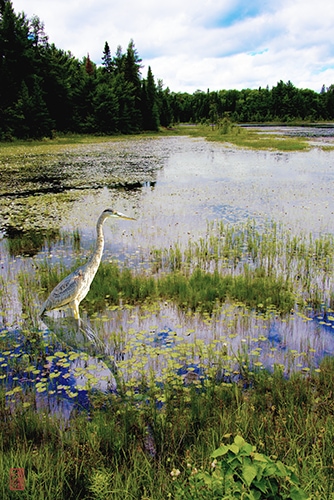
“Stork at Lake Dubay” photograph, various sizes
I started taking pictures when I was eight. My dad encouraged my interest by getting me a darkroom set-up when I was nine. I remember spending many hours in the shadowy red glow of the safety lights practicing the satisfying magic of making an image appearing literally out of nowhere!
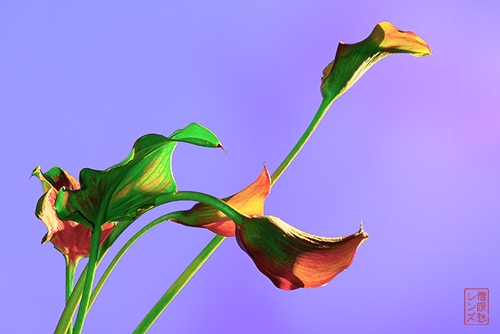
“Cala Sisters Sunbathing” photograph, various sizes
My interest was further encouraged when, at age eleven, I became the youngest student to ever attend the Banff School of Fine Arts Summer Photographic Art Program.
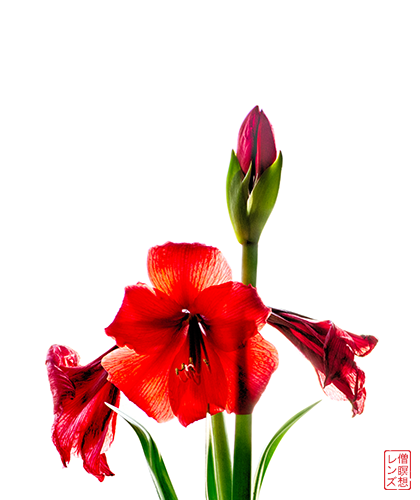
“The Four Noble Truths” photograph, various sizes
The satisfaction has continued to this day. I am motivated by a desire to share the inspiring, unique and elegant beauty I see equally in its “perfections” and “imperfections.”
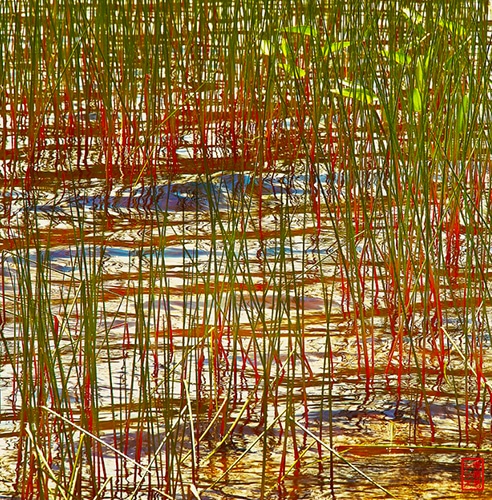
“Fractal Dream of Sunset Lake” photograph, various sizes
We now know that seeing beautiful things activates the brain’s reward mechanism. It causes the release of the same neurotransmitters as all life’s other pleasures. But what distinguishes beautiful stimuli is that the specific part of the brain they stimulate is responsible for human empathy, inclusiveness and love. We get the same response when we view an image of someone we love.
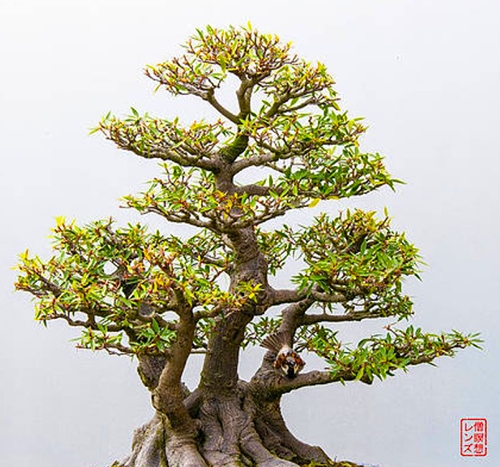
“Even Heaven’s Smallest Tree” photograph, various sizes
We also get it when we contemplate abstract images and even thoughts that are particularly “elegant” or sublime. For me, this is the true power of art. We should cherish it. Beauty—exquisite beauty—stimulates our humanity at its deepest, most profound and personal levels. The brush is indeed mightier than the sword.
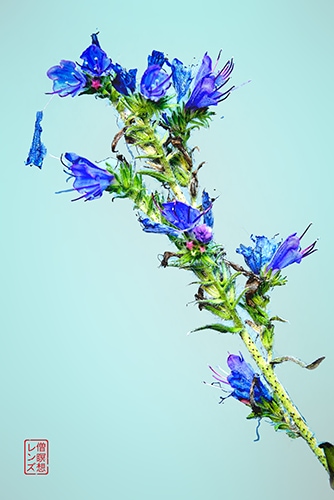
“Flourishing Bluebutton” photograph, various sizes
When I go out with my camera, I will be struck by an object or a scene and my sense of beauty is stimulated. When it is exquisitely stimulated, when I see something universal, quintessential, godly in the object, then I take a picture of it. I want to share it with you because I hope you will respond to it in the same positive way.
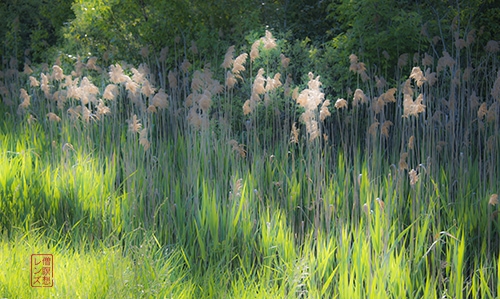
“Weeds in Ditches 1” photograph, various sizes
Photography is unique as an art form. It creates the image directly, immaterially—there is no brush or canvas. It is in fact a recording and so I try to make the image as accurate a representation as possible of the beauty I see in the object.
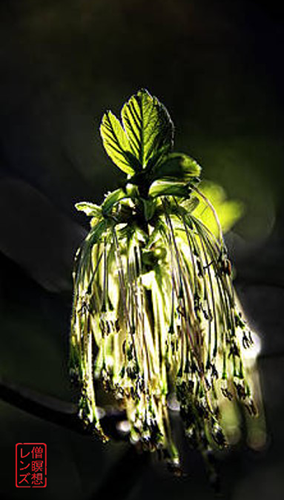
“Weeds in Ditches 6” photograph, various sizes
The fun begins in post-processing. It gives me the level of control I would have if I were painting the image one brushstroke at a time. I will usually work on an image for many hours. I retouch it in numerous ways to get it to transmit that powerful experience of beauty I had when I first saw it. Hopefully, you will enjoy the results.
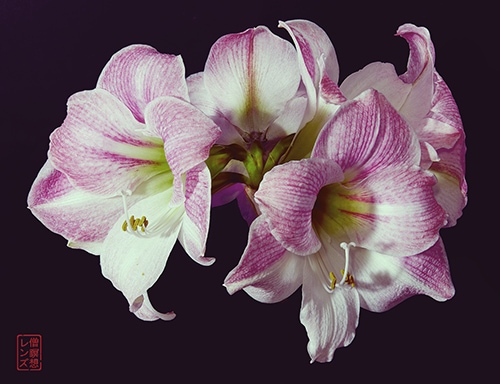
“Prolific Amaryllis” photograph, various sizes
My work is most influenced by Minor White, with whom I studied between ’67 and ’69. I try to distill the beautiful “essence” of, for example, a rose—its quintessential, archetypal “rose-ness”—into a discernible form.
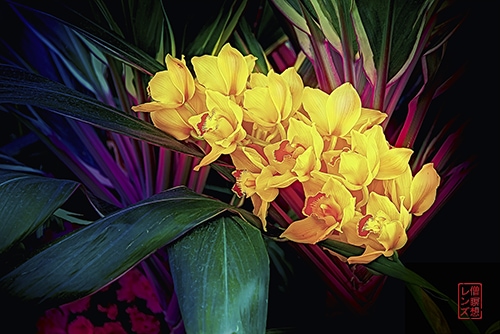
“Heart of Love” photograph, various sizes
I hope my work bestows an exalted aesthetic experience that illuminates the viewer to induce joy, reverence and a deeper understanding of and oneness with, the Universal.
Artist David Tulbert invites you to view his work at Fine Art America.




Speak Your Mind